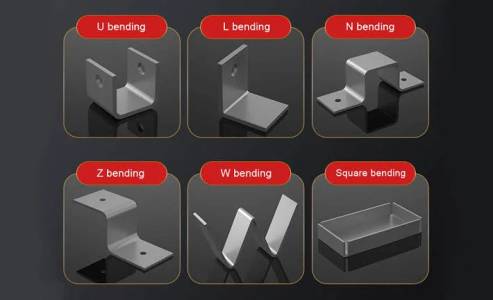
Z-Bending, also known as Z-axis bending, is a specialized sheet metal fabrication technique that produces complex three-dimensional shapes with exceptional accuracy and repeatability. Unlike traditional bending processes that primarily work in two dimensions, Z-Bending adds a crucial third-dimensional bend, creating intricate curves and angles not achievable through simpler methods. This advanced process opens doors to designs previously deemed impractical or too costly.
Key Features and Benefits:
Applications:
Z-Bending finds application in numerous industries, including:
Process Overview:
The Z-Bending process typically involves:
Choosing Z-Bending:
Consider Z-Bending when your project requires:
Z-Bending represents a significant advancement in sheet metal fabrication, providing unmatched precision and versatility for creating complex and high-quality components. Contact us today to learn more about how Z-Bending can elevate your manufacturing capabilities.